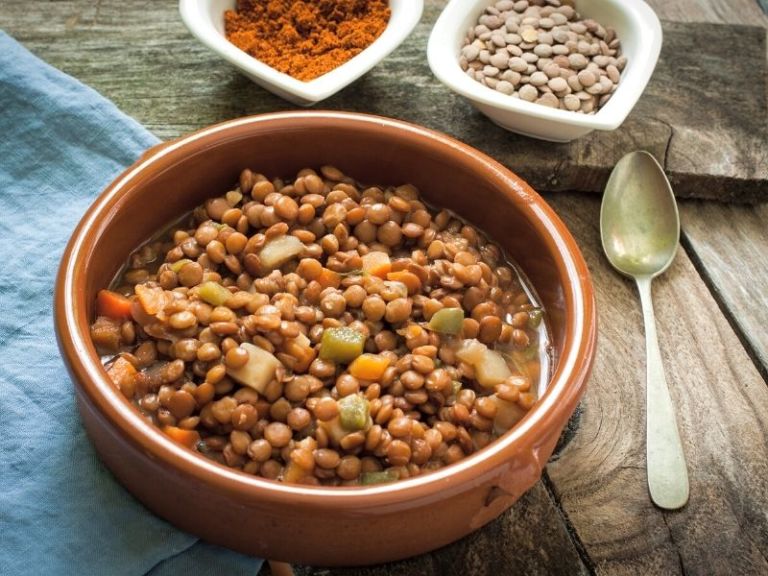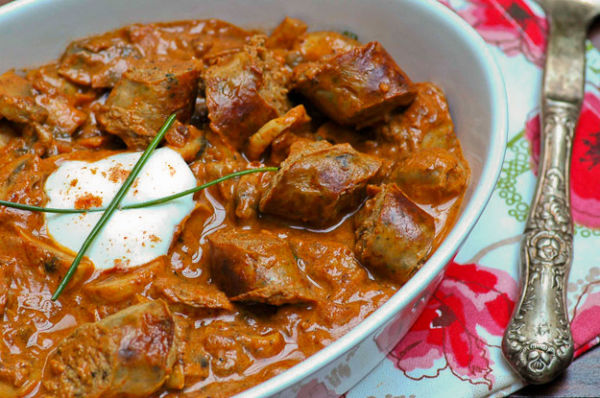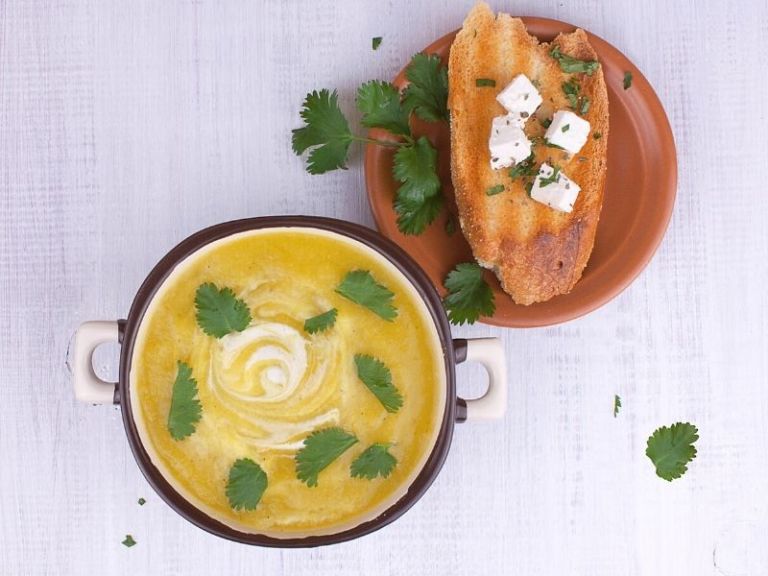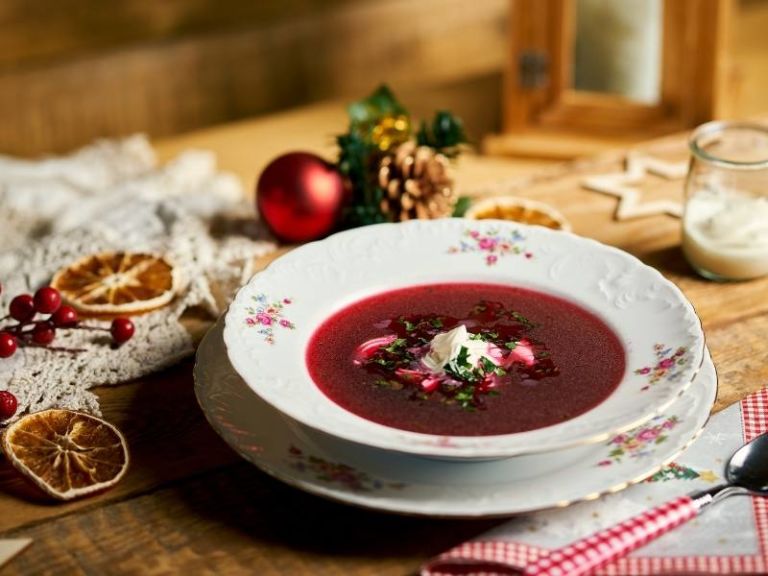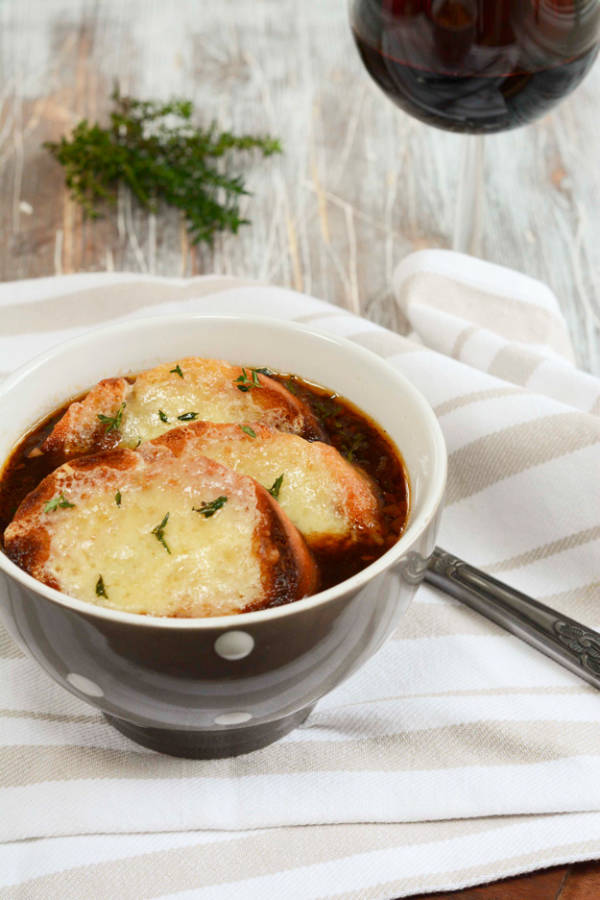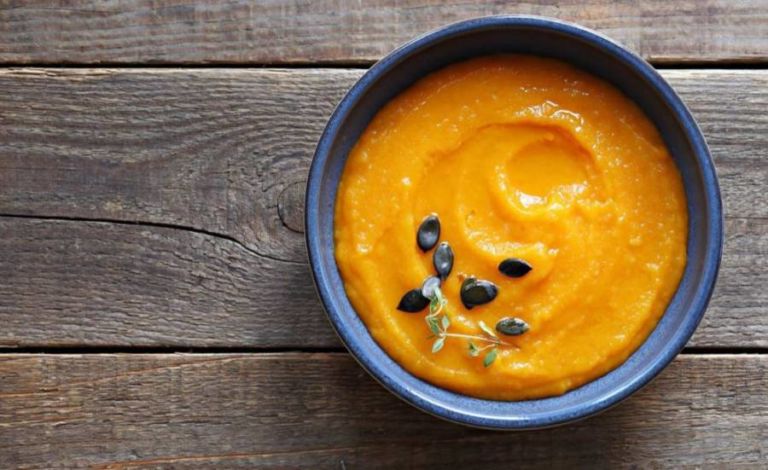Hungarian goulash from grandma’s cooking pot
Hungarian goulash has also become famous in Germany and is cooked in many variations. This classic basic recipe for Hungarian goulash is very easy to cook. For grandma’s goulash you only need a few ingredients and a little patience. Then you can create a wonderfully tender goulash that will delight your loved ones.
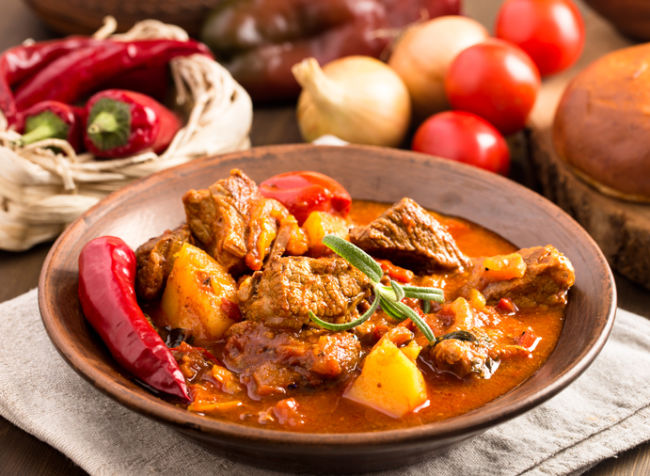
Pörkölt or Hungarian goulash?
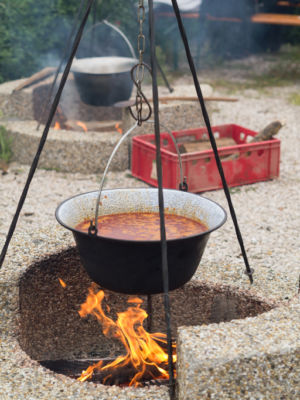
This most famous goulash from Hungary and is often confused with the famous Pörkölt. Both dishes are traditionally cooked in a cauldron over an open fire.
However, there is one major difference:
- The kettle goulash is a clear soup with beef, fat and potatoes.
- Pörkölt is a creamy goulash and is prepared differently.
Hungarian goulash from grandma
To get the typical taste for Pörkölt, the meat is traditionally braised with the spices in its own juices over the fire in a cauldron. In many restaurants in Hungary Pörkölt is now served as a plate dish.
It is often topped with a dollop of sour cream. Our recipe for Hungarian goulash is a small variation of kettle goulash and can easily be prepared on the home stove.
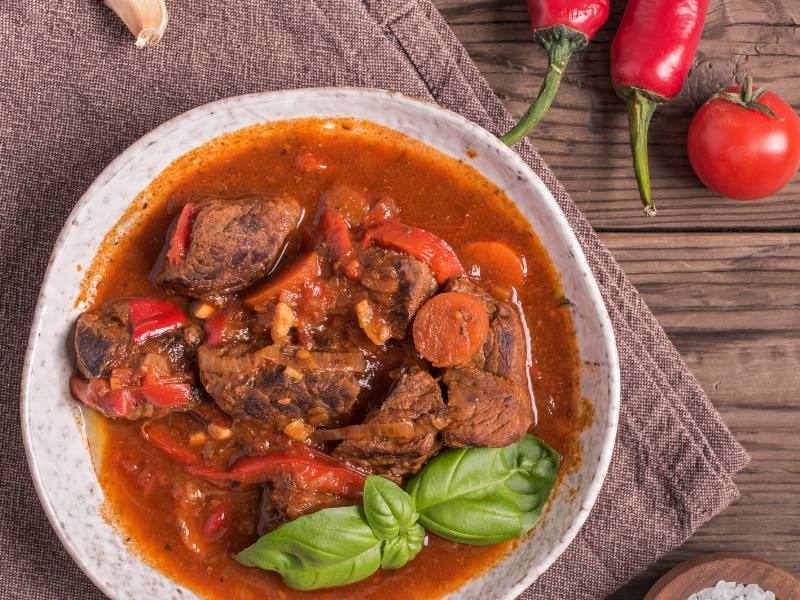
About the main ingredients and secrets of the special taste
Beef
Generally, you can get the best flavor out of this dish with just a few ingredients. For the best possible taste, the quality of the meat is crucial. Originally, pörkölt or goulash is cooked with beef. The ideal beef for goulash is muscle meat from the underside. This is often available pre-cut at the butcher. It is important that there is a little fat on the meat, as fat is the number 1 flavour carrier!
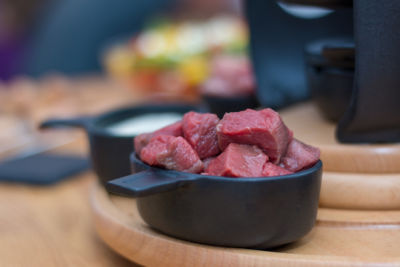
However, calorie-conscious people can also use lean filet. The long braising time makes virtually any meat tender. Here you can read more about the different cuts of meat.
Paprika Powder
The second important ingredient for goulash is, of course, paprika spice! Depending on your preference, you can use hot, sweet or smoked paprika powder. Good quality is important. So it’s better not to buy the cheapest paprika spice. If you have the possibility, use Hungarian paprika powder. It is known for its aroma and gives your Hungarian goulash an authentic taste.
Paprika powder from Szeged* and Kalocsa* is especially good. These well-known paprika growing regions are particularly sunny and produce excellent paprika varieties.
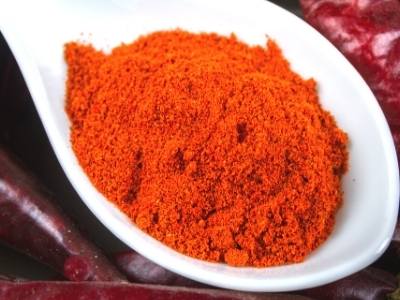
Tips for the perect Goulash
- If you add sour cream directly to hot dishes, the cream will flocculate. Therefore, always mix it with a little gravy first. Take a little of the goulash liquid and whisk well. Now add the mixture to the goulash while stirring. Bring to the boil briefly and that’s it.
- If there are too many onions, the goulash will be sweet. Make sure, not too use too many, but still a lot of onions.
- The goulash will taste better if lard is used instead of oil for frying.
Variations
- In Szeged goulash, sauerkraut is added to the meat and cooked for half the time. This results in a more substantial dish.
- Instead of tomato paste, paprika paste can also be added. This gives a different basic taste.
- For the Bohemian version, pork is used in part or exclusively.
- The goulash can be spiced up with finely chopped smoked sausage, such as Debrecziner.
- Dark balsamic vinegar can also be used instead of red wine; it gives the dish a flavour similar to wine.
- The flavour becomes rounder if you add finely chopped carrots and cook them as well. This gives the goulash a slight sweetness.
Also try our ther stew recipes, like Gentse waterzooi: Belgian chunky chicken stew, Flemish Beef Stew: A Legendary Belgian Dish or Savoury Lamb Chop Casserole.
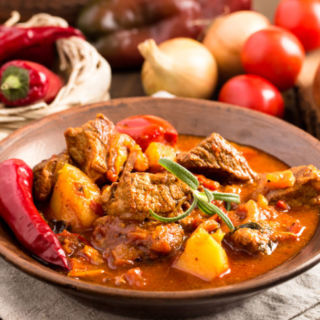
Traditional Hungarian beef stew: Goulash
Equipment
- Cooking pot
Ingredients
- 1000 g beef
- 50 g lard or cooking oil
- 2 onions medium size
- 250 ml red wine dry
- salt & pepper
- 1 pinch sugar
- 3 tbsp tomato purée
- 2 tsp paprika powder
- 1 bay leaf
- 2 cloves whole
- 2 pieces star anise whole
- Sour cream
Instructions
- Cut the beef into small cubes. Determine the size of the cubes according to your taste, you can cut them coarser or finer. Chop the onion into small pieces.
- Heat lard or oil in a high saucepan. Fry the meat in portions in it over high heat. Take just enough meat to cover the bottom of the pot and sear it, stirring every now and then. Then take the browned portion of meat out of the pot and place it temporarily on a large plate. Fry all the beef in this way, a little at a time.
- Then put a little oil or lard back into the pot and turn the heat down low on the stove.
- Now add the onions to the pot and simmer on low heat until soft, stirring with a wooden spoon. Then add the tomato paste to the pot and let it sauté gently for a few minutes, stirring constantly. The roasted aromas that are released give the finished goulash its typical taste.
- Now add the paprika, salt and pepper and stir well. Pour the browned meat completely into the pot and pour on the red wine. Add the bay leaf, a piece of star anise and 3 cloves. If necessary, you can add a little more hot water.
- At a moderate temperature, the goulash is now stewed, covered, in its own juices for at least 1,5 h. Better are 2-2.5 h. Stir from time to time and check whether there is still enough liquid.
- Only if necessary you can pour some hot water or red wine on the side. Better never directly on the meat and always very little liquid. The meat must stew in its own juice, this gives this typical Hungarian Pörkölt taste!
- After cooking time, remove the spices and add a little hot water as needed. Taste your Hungarian goulash, add the pinch of sugar and season to taste.

